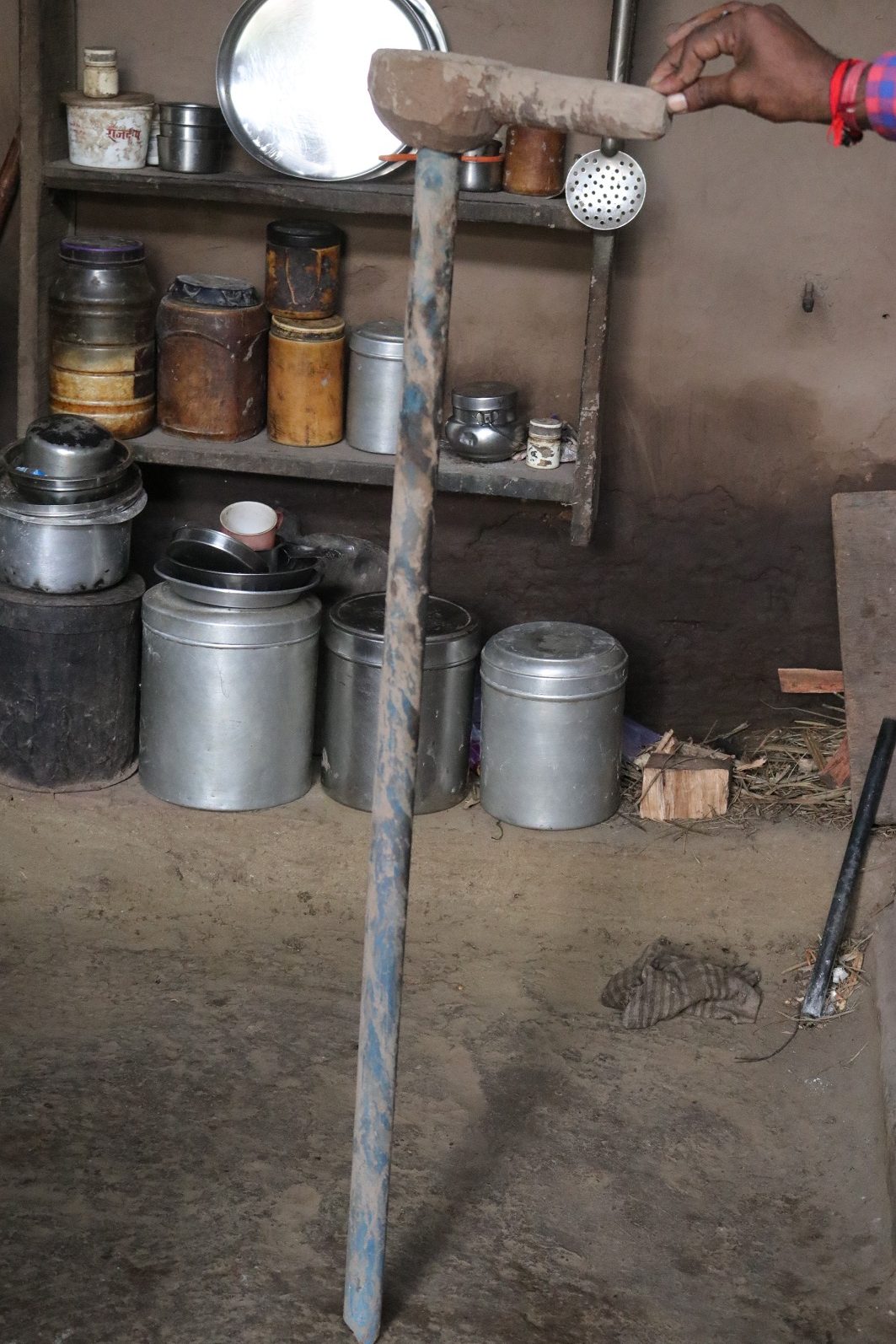Meet Annappa Sutar, a Man Who Refuses to Quit Traditional Carpentry
He picked up the traditional craft of carpentry at the age of 9. A 75-year-old now, he is still passionate about keeping it alive.

“I was not interested in any of the subjects taught in school back in the 1950s. I knew that carpentry was my passion, so I decided to quit education immediately after I passed my Class 4 exams,” says 75-year-old Annappa Appana Sutar with evident pride.
Hailing from the Savarde village in the Kolhapur district in Maharashtra, Annappa Sutar started learning carpentry at the age of nine, and he continues to work as one till today. This journey was not easy for him as he did not have anyone in the family to talk to, in case he needed help. His father ran a local cotton business in the village.
Annappa used to venture out in and around his village to observe other carpenters work. Eventually, he learned the nuances of the craft and started going to the nearby villages on a daily basis.

He has a fascination with older mechanical equipment and has resisted using modern machinery even for drilling holes in the wood. “No machine can beat the older equipment,” he says.
He works more than 12 hours a day and recalls the drastic changes that have taken place in the craft of carpentry. “Back in 1953-54, I used to get ₹ 3 per month as salary, which eventually increased to ₹ 10 in 1960,” he recalls with a smile.
Designs have undergone a tremendous transformation now. “Earlier, I used to make designs of birds on the chair, but with the changing times they have all been replaced with modern designs,” he adds. An essential transformation he has seen pertains to the use of equipment. With the advent of technology, several artisans wholly switched to modern tools. One of his sons who is into the carpentry work prefers modern machinery over Annappa’s methods.
His work centred around making agricultural tools made of wood — wooden structures for the wheels of the bullock cart for example — and this continues even now.
While business has declined, with incomes dropping to less than ‘25 percent’ of what it was earlier, Annappa still does not find it a convincing reason to quit the traditional craft of carpentry.

The reason behind the fall in the business he says is the ‘use of modern machinery in agriculture’. Annappa also makes several other agricultural types of equipment used in harrowing, ploughing, and sowing. He also repairs tyres of bullock carts along with the wooden agricultural equipment.
Remembering the past, Annappa says, “I used to keep travelling to several villages to make wooden equipment for the farmers. Most of the times, farmers would pay me in the form of grains.” He has travelled to the nearby villages of Narande, Shirol, Vathar, Vadgaon, and Bagani, that are located in the Kolhapur and Sangli districts in Maharashtra.
Also Read: Boat-Driven Door-Delivery & Impromptu Music Gigs—This Is Kashmir Like You Haven’t Seen Before
Annappa lives in abject poverty today. “I barely earn ₹ 5000 every month, even though I work very hard. Modern machinery is now dominating the craft, rather than the craft itself,” he says. He has stopped travelling villages owing to his old age and ‘deteriorating’ muscles. In an unfortunate turn of events, his wife suffered a paralysis attack five years ago and has not recovered. He takes care of his wife and has stopped going outside for work.
Annappa has some practical advice for the youth. He says, “These days there are no jobs. So, what is the point of education if you aren’t passionate about something? Master a skill and follow your passion.”
Here are some images of the equipment used by Annappa:
1) An inside look at Annappa’s 65-year-old box, which holds a special significance for him.

2) Known as Samta in Marathi, this tool was used to drill holes. Annappa continues to use this tool even today.

3) An old farm implement which is still used to plough the land. Annappa says, “Many farmers still ask me to design this tool.”

4) In the olden days, farmers used this tool to sow the seeds. The seeds are released slowly from the funnel-like setting which ensures that they are sowed in a proper arrangement.

(Written by Sanket Jain)
Like this story? Or have something to share? Write to us: [email protected], or connect with us on Facebook and Twitter.
NEW: Click here to get positive news on WhatsApp!
If you found our stories insightful, informative, or even just enjoyable, we invite you to consider making a voluntary payment to support the work we do at The Better India. Your contribution helps us continue producing quality content that educates, inspires, and drives positive change.
Choose one of the payment options below for your contribution-
By paying for the stories you value, you directly contribute to sustaining our efforts focused on making a difference in the world. Together, let’s ensure that impactful stories continue to be told and shared, enriching lives and communities alike.
Thank you for your support. Here are some frequently asked questions you might find helpful to know why you are contributing?


This story made me
-
97
-
121
-
89
-
167













